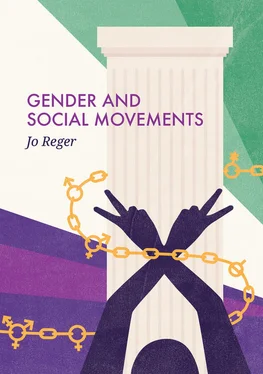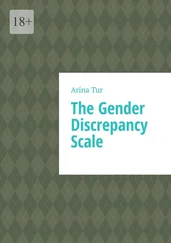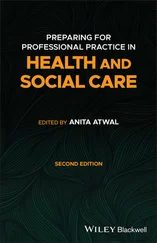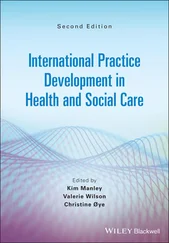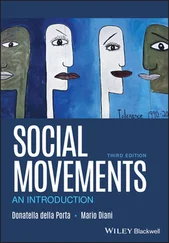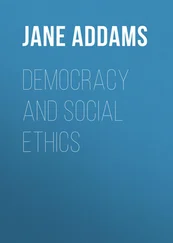While we often think of social movement dynamics as face-to-face interactions, like the rest of society social movements moved into new dimensions on the internet. Social movement scholars turned their attention to virtual activism as the internet grew. For example, Alan Schussman and Jennifer Earl (2004) studied “strategic voting” in the 2000 U.S. presidential election. Websites popped up that allowed individuals to coordinate their votes, ensuring that “blue” or largely Democratic states would go to Al Gore, while allowing left-leaning, third-party voters to cast their ballots for Ralph Nader. The overall goal was to keep George Bush from the presidency. While the overall goal of strategic voting failed, the political activism on the internet caught the attention of researchers. Schussman and Earl coined the label “e-movements” to identify this new terrain for activism. Despite the fact that the term “e-movements” didn’t catch on; the internet is now the home to much social movement activism. Activists use the internet to recruit, educate, and advocate for actions either online, such as e-petitions, or to attend in-person events and demonstrations. The lines between virtual and in-person spaces for activism often becomes blurred. For instance in 2011 when Occupy Wall Street – a social movement focused on income and wealth inequality – emerged, it focused on in-person encampments as a main tactic but also had a lively internet presence through the more than 1,500 Facebook pages established across the globe (Gaby and Caren 2015). As platforms such as Instagram, Facebook, and TikTok are developed, activists find a way to move into those spaces.
While websites and other digital spaces connect activists and serve as virtual organizing areas, hashtags promote issues and topics and connect people through subject matter. Hashtag activism results when # is added to a phrase or word as a way to spread a message or topic key to a movement, usually done through Twitter. The scenario at the start of this chapter – #MeToo – is an example of hashtag activism that is linked to a larger social movement. Hashtags organize social media content by allowing people to search for particular topics and notifying them on what is trending. Indeed, young people often turn to their social media instead of more traditional outlets for news. One of the most influential hashtags to develop is #BlackLivesMatter (BLM), which was tweeted in 2013 and became the label for one of the largest protest cycles in U.S. history. As #MeToo and #BLM illustrate, social media can be the impetus for the start of social movement organizing and protests. The United States has been the site of campaigns and movements sparked by a single tweet such as #MeToo and #BLM but hashtags play a global role as well. Examples of this include #ArabSpring and the uprisings in Tunisia, Morocco, Syria, Libya, Egypt, and Bahrain, #StopFundingHate, a pro-immigrant campaign in the U.K., and #BringBackOurGirls, a campaign to return kidnapped girls to their families in Nigeria. Overall, “[The internet] speeds up the processes of organizing and network building, creates and nourishes communities across geographic divides, and introduces new tactics and strategies” (Crossley 2017: 127).
Scholars of social movements often view their work through theoretical lenses that provide explanations for movement origins, goals, and outcomes. Those frameworks often take different views of what movements need to emerge and achieve their goals. Resource mobilization theory argues that social movements emerge when organizations and groups are able to accumulate the resources they need to build an infrastructure to support the mobilization of activists (McCarthy and Zald 1977; Jenkins 1983). The political process lens views social change as emerging when there are openings or opportunities in a society. Called “opportunity structures,” these openings allow movements to emerge at times that are optimal, despite historical and long-lasting long-term experiences of discrimination or prejudice (Tilly 1978; McAdam 1982; Tarrow 1998). Scholars also argue that when one movement emerges, it often can foster other movements. Through what are called “cycles of protest,” movements can interact with each other sharing ideas, tactics, and organizations, and consequently create more protest opportunities (Meyer and Whittier 1994). Another approach used by scholars is to examine the ways in which identities and group cultures are important to social movements. This perspective illustrates how being engaged in social movement communities is meaningful to the individual, sustaining activism (Buechler 1990; Taylor and Whittier 1992). Finally, the contentious politics approach views social movements as made up of public protest events such as demonstrations and sees movements as connected to other forms of collective action such as unions, strikes, and revolutions (McAdam, Tarrow, and Tilly 2001). These different frameworks tell us that the study of social movements, similar to the study of gender, examines social movements from all levels and asks a variety of questions making more complex (and interesting) answers.
How More Than Gender Matters
Any discussion of gender and social movements needs also to include a discussion of intersectionality. Often credited to Kimberlé Crenshaw (1991), and emerging from the work of Black feminist activists and scholars, intersectionality is the idea that we are a complex combination of social identities that need to be considered in relation to each other (Combahee River Collective 1978; Deborah King 1988; Patricia Hill Collins 1990). Black feminist theorists conceptualized race, class, and gender as interlocking systems of oppression, forming a “matrix of domination” in which one social identity cannot be understood completely without considering all aspects of a person (Collins 1990). This matrix of identities influences our interactions, opportunities, and access to resources (Collins 1990; hooks 1989). Intersectionality was conceived through the work of U.S. Black feminist theorists to address the racism, classism, and homophobia of the women’s movement with the goal of dismantling the concept that all women experience society in the same way – or “universal womanhood.” In particular, Black feminists argued that they could not be understood as either Black or women but as both. They argued for understanding people as both/and as opposed to either/or . The concept of intersectionality is key in much of the research on gender, allowing scholars to conceptualize people as more than just a gender category. Instead, scholars explore the ways in which other social identities such as race and class influence how people experience gender.
The use of intersectionality in gender theory is important to the study of social movements. A singular focus on gender in movements does not adequately capture the dynamics of gender, race, and class (among other social identities) for people engaged in social movements and how this intersection of identities shapes their experiences. An intersectional perspective also allows for an examination of how political resources and access to power varies by social groups. By not treating all social movement participants as equal in their ability to mobilize resources and influence political elites, intersectionality as a lens can examine the impact of gender along with race, ethnicity, class, sexuality, and religion (among other categories) when considering social inequality. In the chapters that follow, I present research that often examines only gender and social movements, and then work to complicate these views with an intersectional perspective.
How Gender and Social Movements Intertwine and Influence Each Other
This chapter then raises the question – Why is this combination of gender and social movements important? There are three key reasons to combine the study of gender with social movements. First, the study of social movements has been slowly integrating gender scholarship, expanding our ability to see complexity of social change efforts. Understanding that gender is more than an individual quality allows for a greater grasp of inequality and efforts to address it. Second, since gender is a system of stratification, integrating it into social movements scholarship allows for new insights into the nature of inequality and social change. As we will see, gender inequality can be the start of a social movement, as well as shaping how people experience social movements. Third, as social movements seek to change society and gender norms are constantly in flux, the integration of gender and social movements captures the dynamic of how societies change over time. I address each of these – integrating scholarship, intersectionality, studying social change – in more detail.
Читать дальше
